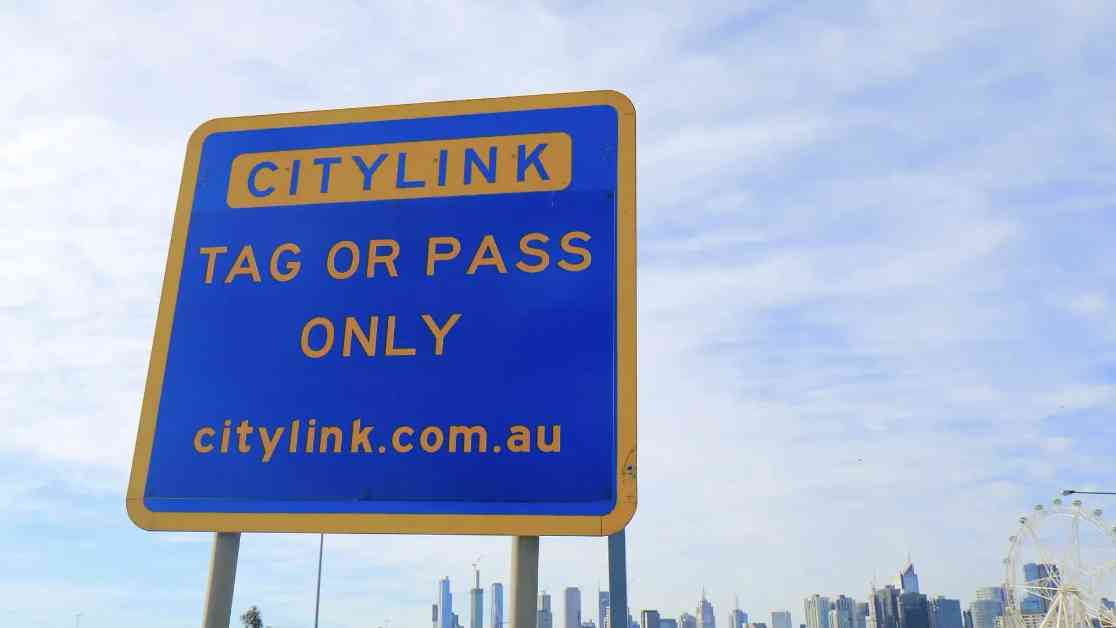Melbourne’s CityLink toll road has become the most profitable in the world, bringing in nearly $13 billion since it opened in 2000. Operated by Transurban, the toll road has seen prices triple since it first opened, with a daily pass now costing $22 and a trip through the Burnley Tunnel increasing from $6.91 to $6.98.
According to a spokesperson for Transurban, the increased toll prices are necessary to cover the $8 billion invested in building and upgrading the road network. Despite the rising costs, drivers have experienced time savings of up to 30 minutes on trips using CityLink over the past 15 years.
In comparison, drivers in New South Wales have it even tougher, with 13 out of 21 toll roads in Australia located in their state. The Pennsylvania Turnpike holds the title of the world’s most expensive toll road, with drivers facing up to $176.80 for passenger vehicles and up to $208 for light commercial vehicles without an E-Z Pass.
It’s clear that toll roads are becoming increasingly expensive for drivers, but they play a crucial role in improving city connectivity and freeing up government funds for other infrastructure needs. While the rising costs may be a burden for some, the benefits of reduced travel times and improved road networks cannot be overlooked. As cities continue to grow and traffic congestion worsens, toll roads are likely to remain a key part of the transportation infrastructure.










